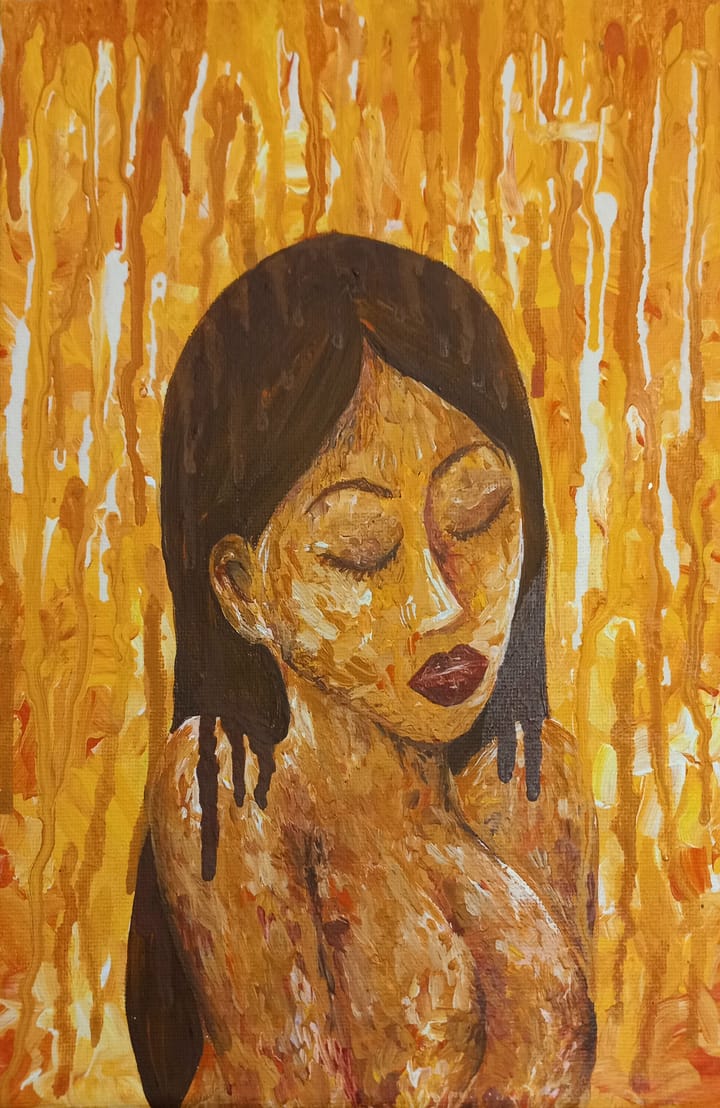Amherst Cinema Presents: The Strange Perceptions of Pat O’Neill

On Wednesday, Oct. 7, Amherst Cinema screened four of experimental filmmaker Pat O’Neill’s works: “Coreopsis” (1998), “Trouble in the Image” (1996), “Squirtgun/Stepprint” (1998) and “Horizontal Boundaries” (2008).
The screening was organized and curated by Professor of English and Film and Media Studies Josh Guilford as the first in a two-part series on avant-garde film titled “X (The Unknown Quantity.” Even as an avant-garde neophyte, becoming immersed in the visual complexity of O’Neill’s films was an incredible experience for me. I highly encourage you to look out for the second screening in Nov. 16.
Created on 33mm film, these works don’t exist in digital form and were shipped by O’Neill from California. O’Neill himself was also supposed to be in attendance but was thwarted by the vagaries of modern air travel. He did, however, send a playbill containing some information and explanations of the films, which are fascinating explorations of place, perception and the physicality of the film medium itself.
The first work, “Coreopsis,” presents a series of doodles drawn on film instead of in the margins of a notebook. According to O’Neill’s notes, he quite literally scratched on a roll of film over the course of a year to make the images. The first thing that hit me was their visual complexity. Short lines, long lines, small rings, oblong shapes all flew by, defying conclusion. Trying to follow their progression was trying to grasp at straws. What might be a flower blooming was covered up in a hail of random jabs across the screen, or maybe it was a ball exploding in the first place. “Coreopsis” is not totally random; there are distinct sections to the seven minute movie, with their own themes. But any attempt at definition is confounded by the reigning chaos and shapeshifting nature of the artist’s own expression.
The screening continued with “Trouble in the Image,” a 38 minute, feature-length film produced from 1978-1995. “Trouble” dislocates random images and sounds — a flock of birds, clips from an old Western, a howling opera singer, a rumbling cargo train underpass, instructional videos from the 1950s — and juxtaposes them in time through continuous sequences and also in space by layering them on top of each other. It draws attention to perhaps underappreciated aspects of the shots such as the barely restrained violence of human interaction.
O’Neill also alters images using colors or overlaid animations, abstracting the objects represented. Drawing connections between the images is impossible and unadvisable. Immersed in a visual world without any center of reference, I felt increasingly disoriented and powerless as the film progressed. Though “Trouble” presents many new ways of understanding images, I must confess my relief when it ended.
“Squirtgun/Stepprint,” the next piece, was very similar to “Coreopsis.” This time, marks were made by splattering film with darkroom developer in broad daylight. Thanks to the caprices of squirtgun painting, the images were even more abstract than in “Coreopsis.” Observing the progression of the marks over several frames revealed O’Neill’s editing process – a subject more interesting than the marks themselves. He explained in his handbill that he copied sequences and then repeated them, moving one frame further each time — a sort of “two steps forward, one step back” approach. This sort of circular repetition juxtaposed with development pervades these films. But the last one used those tools to not only deconstruct but also to reconstruct in mesmerizing ways.
For 23 minutes, “Horizontal Boundaries” explores place in a way that calls into question the very nature of it. For instance, what is a beach? A boardwalk, gulls, the sound of waves, cargo ships, silhouetted people walking by the water? “Horizontal Boundaries” smashes these sensations and characteristics together to create locations that are not necessarily one place in particular. Later on, disconnected locales are composited on top of one another in dense collages. Like “Trouble in the Image,” the film’s discombobulating vision exposes the inner workings of our conceptions of place. Or maybe it suggests that we should throw up our hands in attempting to understand anything.
It seemed to me that O’Neill makes music out of film, articulated through the rhythms and repetition of his production process, which involves heavy use of optical printing, copying and altering the film itself. These films are a part of O’Neill’s explorations of the boundary between representation and abstraction. Guilford said after the screenings. I thought of the doodles of “Coreopsis,” always on the verge of solidifying into recognizable shapes. In between the tangible and the theoretical, the point is not necessarily what the artist creates but what you understand of its perplexing effect on your perceptions. Though these revelations were not immediately obvious to me, it was a rare pleasure to see these works.





Comments ()